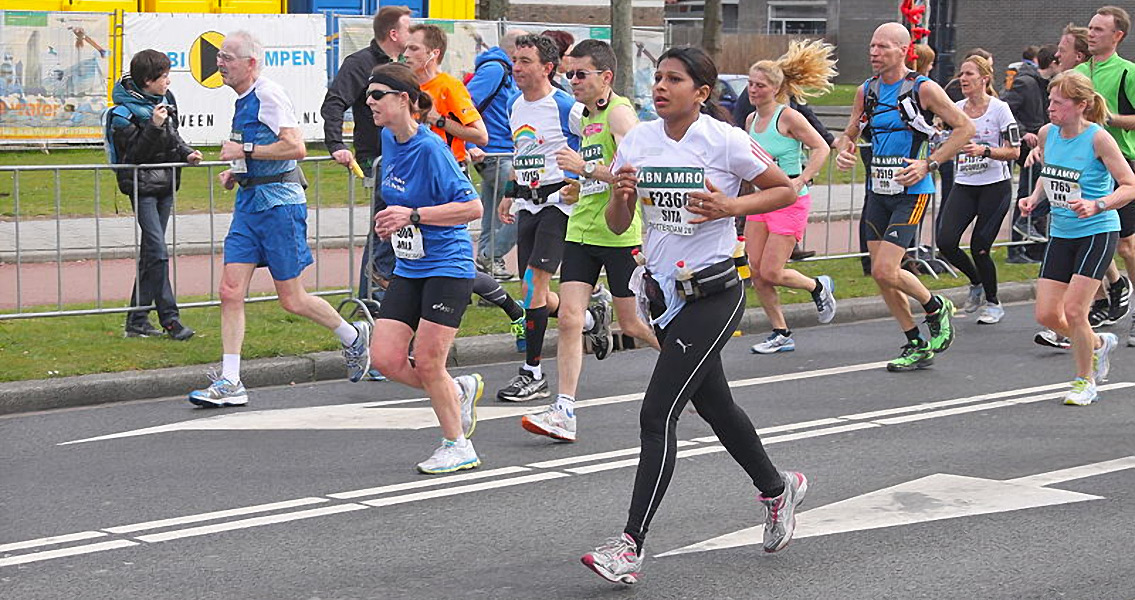<![CDATA[Science has known for a long time that the bones of modern people are considerably weaker than those of our Paleolithic ancestors but until recently the reason for this remained under dispute. Possible explanations included the emergence of agriculture, urbanisation, or industrialisation, all of which had, and still have a negative effect on mobility. One research team has now proven that the biggest culprit among these was the emergence of agriculture. The team, led by Christopher Ruff from the John Hopkins School of Medicine’s Centre for Functional Anatomy and Evolution, analysed bones from 1,842 individuals from the Paleolithic era to the last century, a period spanning roughly 33,000 years. The sample came entirely from Europe, because of the abundance of thoroughly researched archaeological sites, and because of the relatively insignificant genetic variation among its peoples. This low level of genetic variation allowed the scientists to rule out any genetic factors at play with regard to bone strength loss. Ruff’s team focused on two types of bone only, the long bones of the upper arms, and the legs. What they found was that the people who lived more than 11,000 years ago in hunter-gatherer communities, which were almost always on the move, had arm, and especially leg bones much stronger than those of people in Medieval Europe. The conclusion was that the advent of agriculture some time between 11,000 and 10,000 years ago and the simultaneous settling down that human communities went through had a notable impact on bone strength. The process seems to have been largely over by the Middle Ages, and any subsequent historical developments, such as urbanisation and, more recently, industrialisation, had virtually no impact on bone strength. The methodology that the scientists used involved taking molds of human arm and leg bones from museums and then studying them using X-rays. The arm bones, which as a rule are little affected by changes in mobility, were used as a basis for comparison, as a sort of “control group”. The leg bones were the focus of the study since the amount of walking and running one does has a direct bearing on these bones’ strength, and specifically on their capacity to bend forwards and backwards. So, diet, moving into cities, the domestication of the horse and its use as a means of transport, not to mention the invention of the motor vehicle, have been cleared as significant factors in the decline of our bone strength. However, from a contemporary point of view, this should not serve as an excuse to indulge in highly sedentary, unhealthy lifestyles. A good amount of regular strength exercise has beneficial effects on bone strength and reduces the risk of a number of conditions associated with the loss of bone matter. These effects are obvious in sports such as tennis and baseball, where players put their arms under regular strain, resulting in them having considerably stronger arm bones than the general population. Image courtesy of Wikimedia Commons user: Peter van der Sluijs]]>
Farming To Blame For Our Weakened Bones
